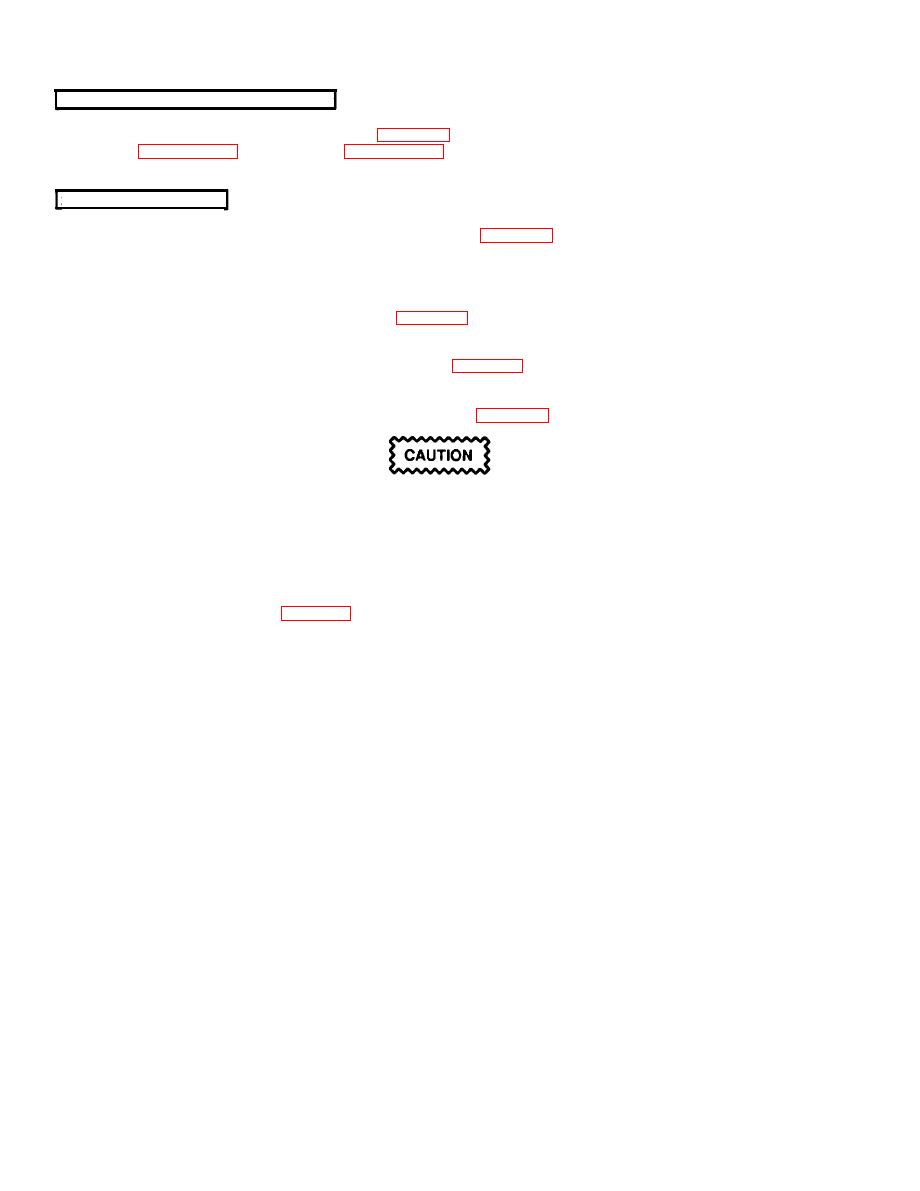
TM 9-4120-401-14
2 - 2 . OPERATOR'S CONTROLS.
All necessary operator controls are illustrated in figure 2-1. Usage of controls is outlined in General Operating
Procedures (paragraph 2-7) and detailed in paragraph 2-8 thru 2-11.
2-3. INDICATORS.
a. The TEMPERATURE PRESSURE FAULT indicator light (figure 2-1) comes on if the high pressure cutout,
low pressure cutout, coil frost, or heater thermostatic switch opens. The switches are associated with the units
cooling and heating operation and can be an indication of obstructed airflow across the evaporator or condenser
coil or improper refrigerant charge.
b. The OVER CURRENT FAULT indicator light (figure 2-1) comes on if the motor controller is operating with
too high amp draw. This can bean indication of a component failure or wiring problem.
c. The OVER/UNDER VOLTAGE FAULT indicator light (figure 2-1) comes on if the motor controller is
operating outside its voltage range. This could indicate controller failure or a problem with input power.
d. The HOT MOTOR CONTROLLER FAULT indicator light (figure 2-1) comes on if motor controller overheats.
Do not operate the air conditioner in the COOL mode if the refrigerant color has
reached the yellow band or if numerous bubbles appear in the sight glass.
Equipment damage can result. COOL mode operation may be continued with
the refrigerant color in the chartreuse band or with only an occasional bubble
appearing in the window, but the sight glass should be rechecked after each four
hours of operation to insure that the condition has not become worse.
e. The refrigerant sight glass (figure 2-1) has a small chamber with a glass window through which the
refrigerant condition can be observed. It is installed in the liquid refrigerant line downstream from the condenser
coil. Liquid refrigerant actually flows through the sight glass chamber only during cooling cycles when the air
conditioner is in operation in the COOL mode. The unit must be operated approximately 15 minutes at maximum
cooling prior to checking condition of refrigerant at sight glass. The sight glass is equipped with a center indicator
that is moisture sensitive. Dry refrigerant is indicated by green, it turns to chartreuse when the moisture content
becomes undesirable, and to yellow when the level becomes unacceptable. Excessive moisture in the refrigerant
may damage or possibly destroy the compressor. If the liquid refrigerant observed in the sight glass has a milky
appearance, or frequent bubbles appear, the volume of refrigerant is low and the system should be charged.
Either moisture or low charge indications should be reported to direct support maintenance for appropriate
refrigeration system action.
2-2

